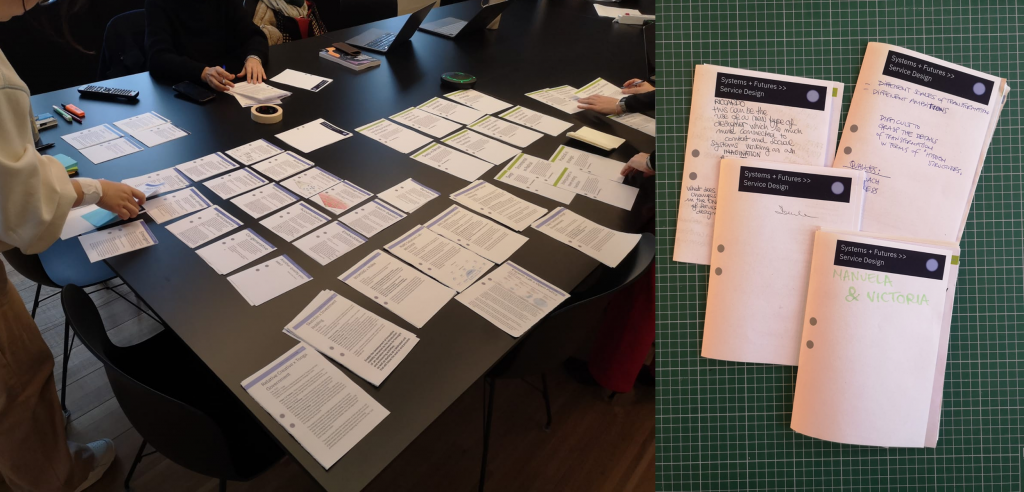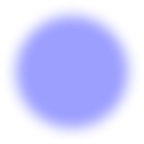UnSee Update #7 // December 2024
Words by: Riccardo Torta
Between the end of November and December 2024, our team has been busy with two main tasks: organizing and conducting an internal workshop to align the knowledge gathered and finalizing the validation process with new expert interviews. Both tasks kept us quite busy, if we add to the equation the end of the semester at Polimi, with our Master’s students delivering their final projects, this has been a very eventful month.
It has been a month of dissemination as well, with our research fellow Riccardo presenting the early results of the research to different groups of students [Fig 1]. Together they discussed questions and concerns regarding the expansion of service design practice to address long-term system-level transformations. In particular, our conversation with students highlighted the state of practising service design as “co-existing in between”. This framing prompted reflection on the dual state of our practice that progressively departs from deterministic framing towards embracing pluralities. This co-existence manifests along dualisms such as problem and solution, practicality and reflexivity, zooming in and zooming out, short-term and long-term. All these instances do not ask to be chosen at the expense of the other, it is not an “either-or” but a “both-and” situation, in which the ability to mindfully navigate the zone “in-between” becomes extremely important.

Moving onto the first main task of the month, we designed and facilitated an internal workshop to align the knowledge generated so far among all the members of the research group. This workshop was structured around a zine-making activity, inspired by Sanders & Stappers’ statement cards analysis (2011). First an overall view on the work was presented, highlighting the three main patterns of transformation (see previous posts or Villari et al., 2025). Then four main categories of cards were presented, reflecting the areas in which UnSee focused its analysis so far. 1) qualities that this new service design is acquiring, 2) tensions generated, 3) new roles for service design practitioners and 4) exemplary case studies.
Each person went through all the insights and picked the cards that felt were more interesting, writing their interpretation and motivation for choosing them. The cards collected together formed an “academic zine” which reflected the person’s point of view and general consideration on the insights of the research [Fig 2].
Every member could then elaborate and present their own zine to the rest of the group. At the end, the works were collected and separately analysed by Riccardo Torta and Beatrice Villari (the facilitators of the workshop) to inform the findings. These considerations evolved the results of the research and were incorporated in the Miro board that supported the validation’s interviews.

The final stretch for the results’ validation happened across the month of December, in which we had the opportunity to engage with more academic experts and practitioners to evaluate, from their point of view, the results of UnSee. To do so, we used the same old Miro board that, after more than 20 validation interviews, was starting to get quite crowded with new insights. But our motto these days has been “the messier – the better”, so we were not scared; quite the opposite, as a busy board means that we are investigating something worthy of being explored and we are not the only ones bringing forward this exploration.
If you are curious to dive deep into the messy insights that the validation phase produced and contribute to the messiness yourself, you can find the Miro board link down here. Just make sure that your contribution is visible and that you list yourself among the contributors.
This is it for this month and, believe it or not, also for 2024. We indulge into the next year with gratitude for all the special persons that contributed to the research, and we look forward to the upcoming months. stay tuned for new surprises.
Happy new year 🙂
